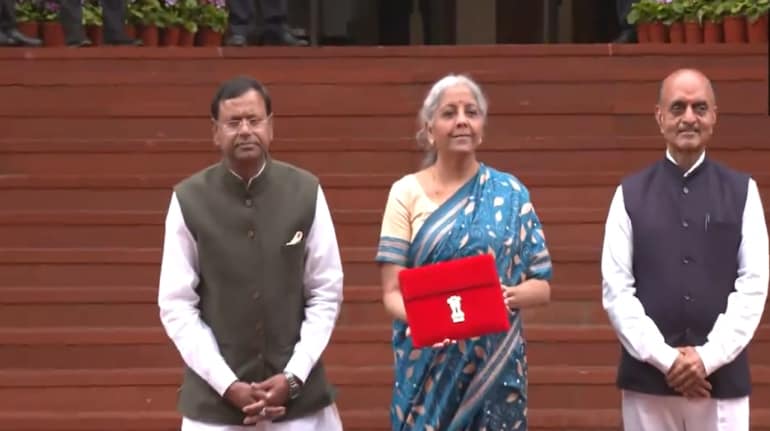
Hindustan Unilever Ltd.’s quarterly profit rose, meeting estimates, aided by price hikes of its products to offset commodity inflation.
Net profit of India’s largest consumer goods maker increased 19% over the preceding year to Rs 2,297 crore in the quarter ended December, according to its exchange filing. That compares with the Rs 2,227.3-crore consensus estimate of analysts tracked by Bloomberg.
Volumes grew at 2% in the third quarter compared with 4% in the preceding three months amid weak rural demand and inflation hurting consumers’ purchasing power.
"We have delivered a strong and resilient performance in the quarter despite moderation in market growths and significant levels of commodity inflation," said Sanjiv Mehta, chairman and managing director of HUL.
"But, clearly, we are now seeing a slowdown in rural areas from both volume and value perspective and it would require putting more cash in the hands of the consumer in order to reverse the trend," he said.
Meanwhile, a rise in footfalls owing to festivities in October and November boosted sales of discretionary goods.
"Our premium portfolio across categories like hair care, skin care, etc. has been growing ahead of the average growth of the company," Ritesh Tiwari, chief financial officer at HUL told reporters in a post-earnings briefing.
Highlights (YoY)
-
Revenue rose 10% to Rs 13,439 crore. That compares with the estimated Rs 13,010 crore.
-
Operating profit jumped 15% to Rs 3,409 crore, against the forecasted Rs 3,235.8 crore.
-
Margin expanded to 25.4% from 24.3%, against the estimated 24.9%.
HUL said its domestic sales grew at 11% over a year earlier in the third quarter with its market share gains being highest in more than a decade.
HUL's 9% pricing growth is at a multi-year high, said Abneesh Roy, executive director (research) at Edelweiss Securities. "This has helped HUL gain market even as small players struggle to navigate through the steep cost inflation, given lack of working capital and pricing power. Besides, HUL has a better understanding in terms of raw material sourcing which is helping."
Segment-wise, homecare grew 23%, driven by double-digit growth in fabric wash and household care growing in "high teens on a strong base".
Beauty and personal care as well as food & refreshment segments, however, had a soft quarter registering growth of 7% and 3%, respectively.
Within beauty and personal care, skin care and colour cosmetics delivered "strong double-digit growth" during the third quarter and remained above pre-pandemic levels. "A calibrated approach towards price increase in skin cleansing and hair care helped protect our business model even as vegetable oils continue to inflate at record levels," the company said. Tea and ice-creams drove sales growth within the food & refreshment segment.
The company cut spending on advertising and promotions by 14.3% year-on-year during the quarter ended December.
On the ongoing commodity inflation, the soaps-to-tea maker warned that raw material costs will firm up further in the March quarter, indicating that it could undertake more price hikes in the current quarter. "We expect to maintain operating margins in a healthy range, first through very hard savings and then through taking calibrated price hikes," Tiwari said.
Shares of HUL fell 2.13% ahead of the earnings, compared with a 1% decline in the benchmark NSE Nifty 50.
HUL Q3 Results: Profit Meets Estimates, Volume Growth Slows On Weak Rural Demand, High Inflation - BloombergQuint
Read More

No comments:
Post a Comment